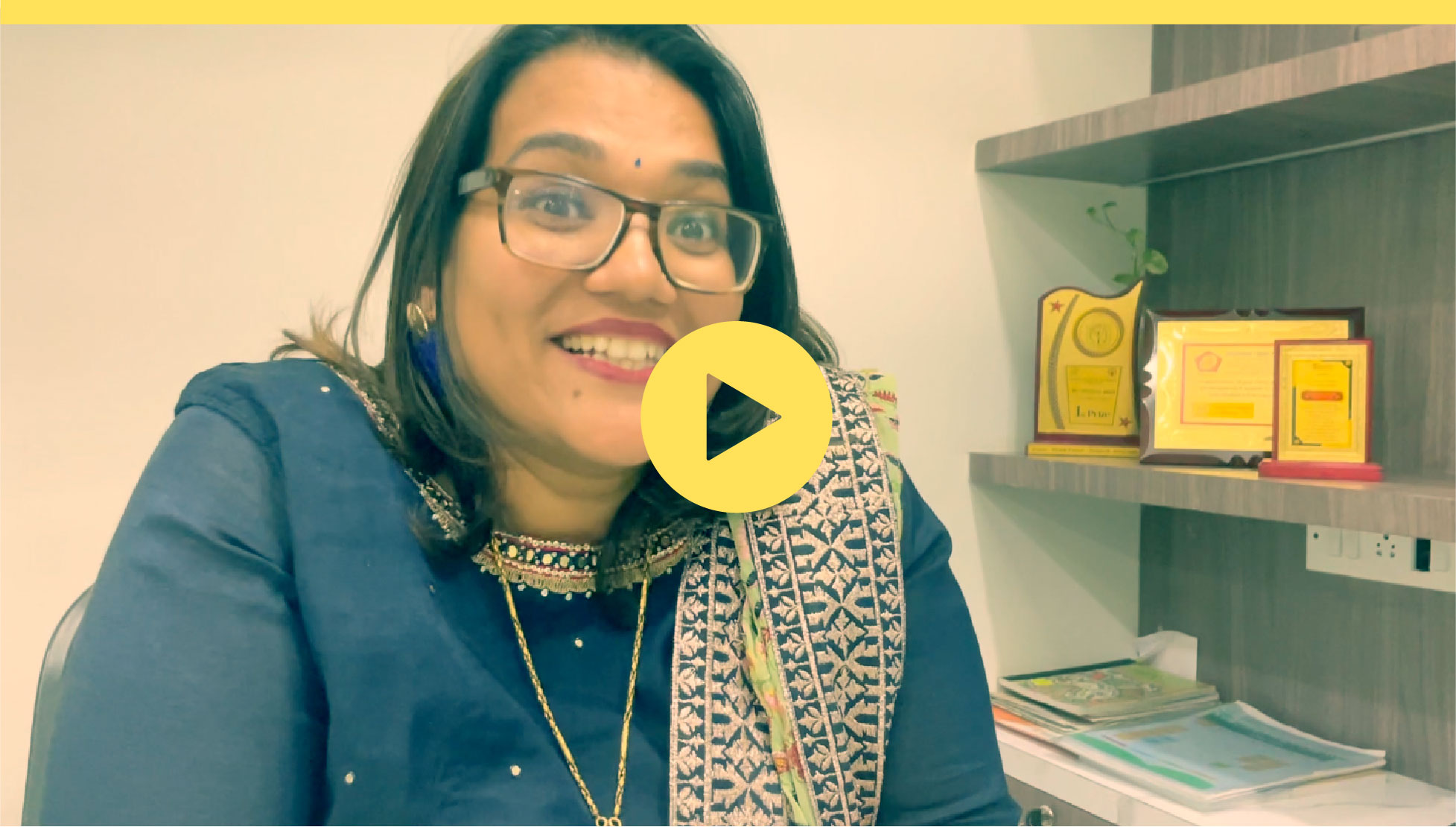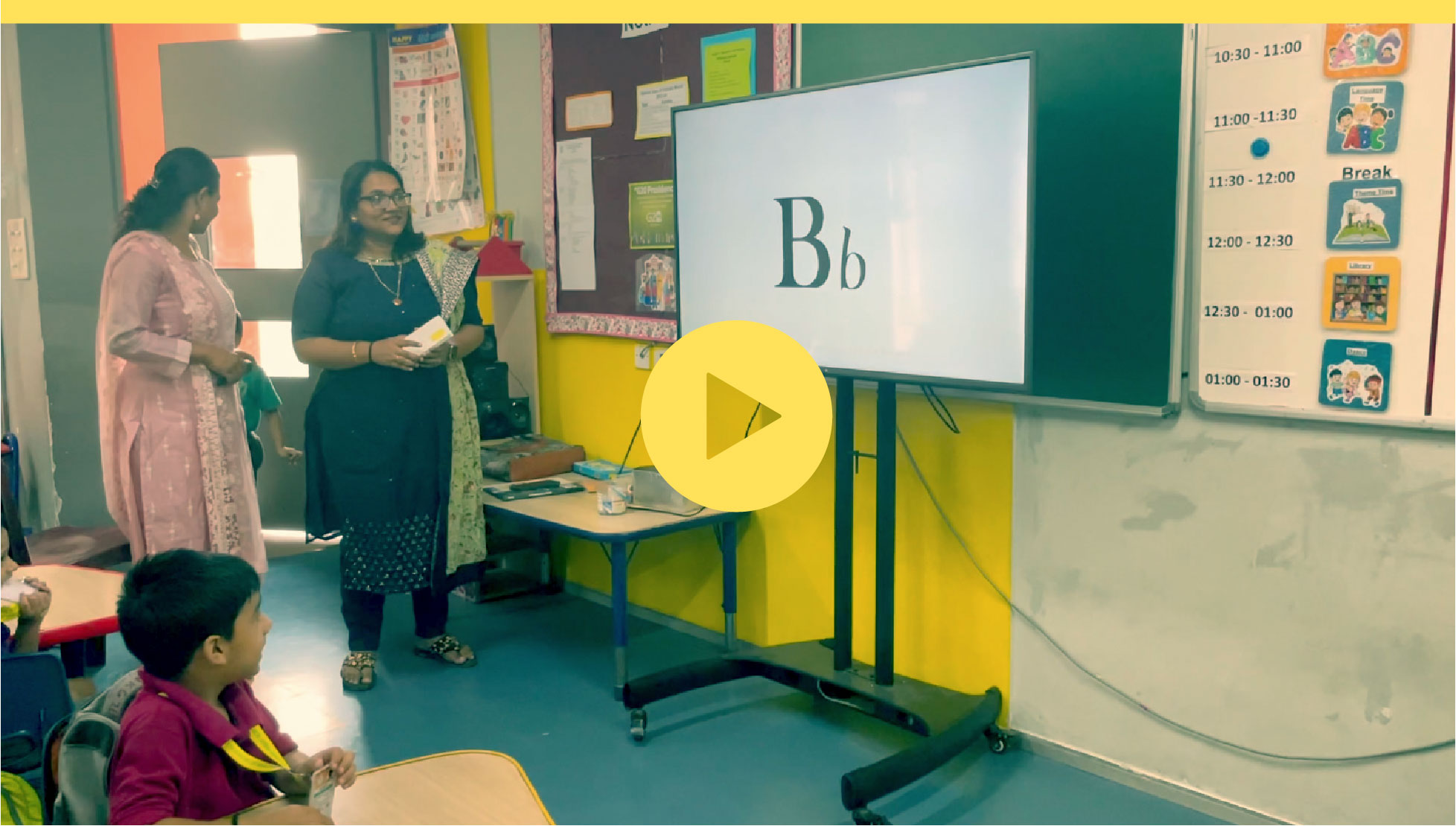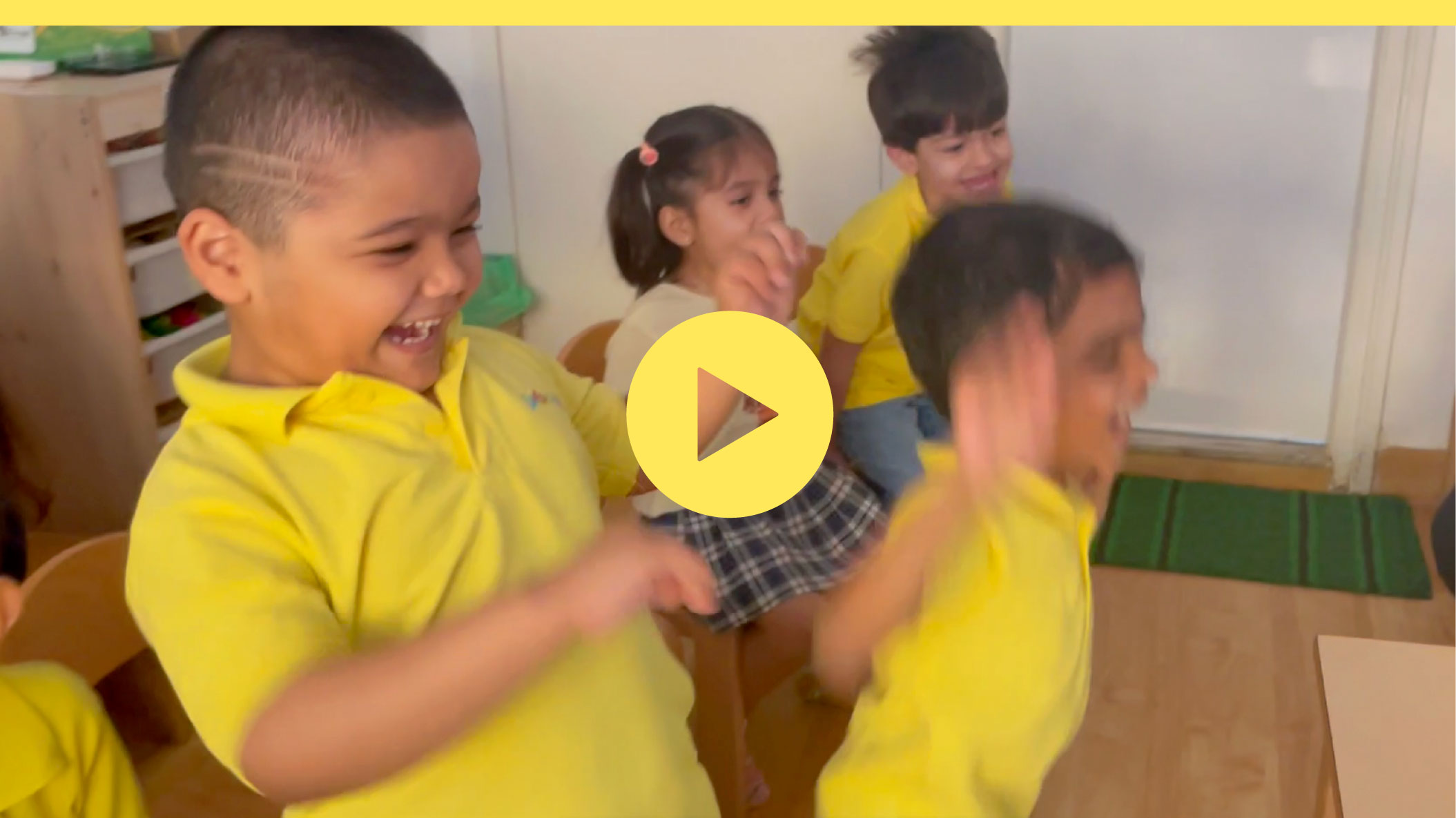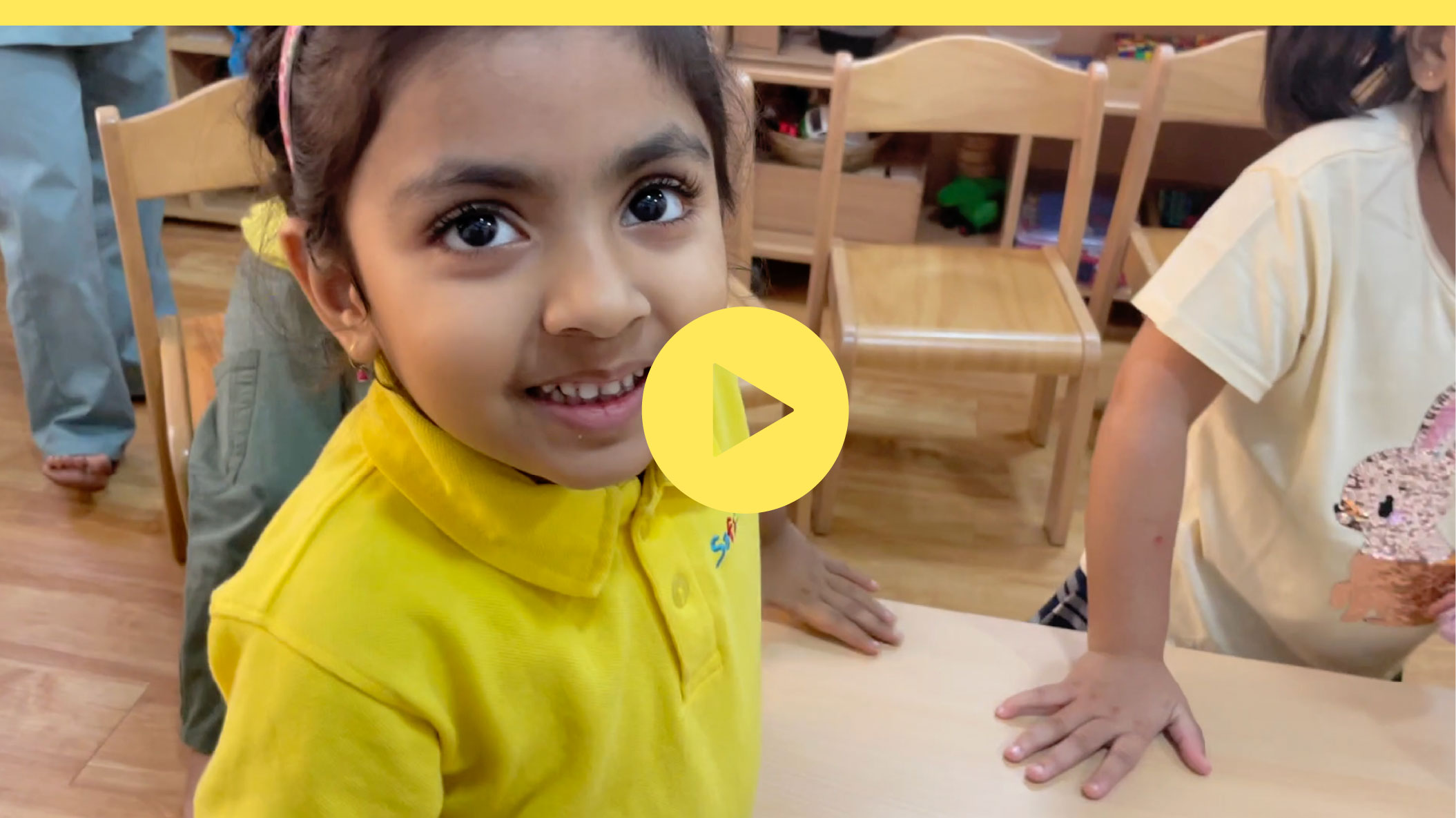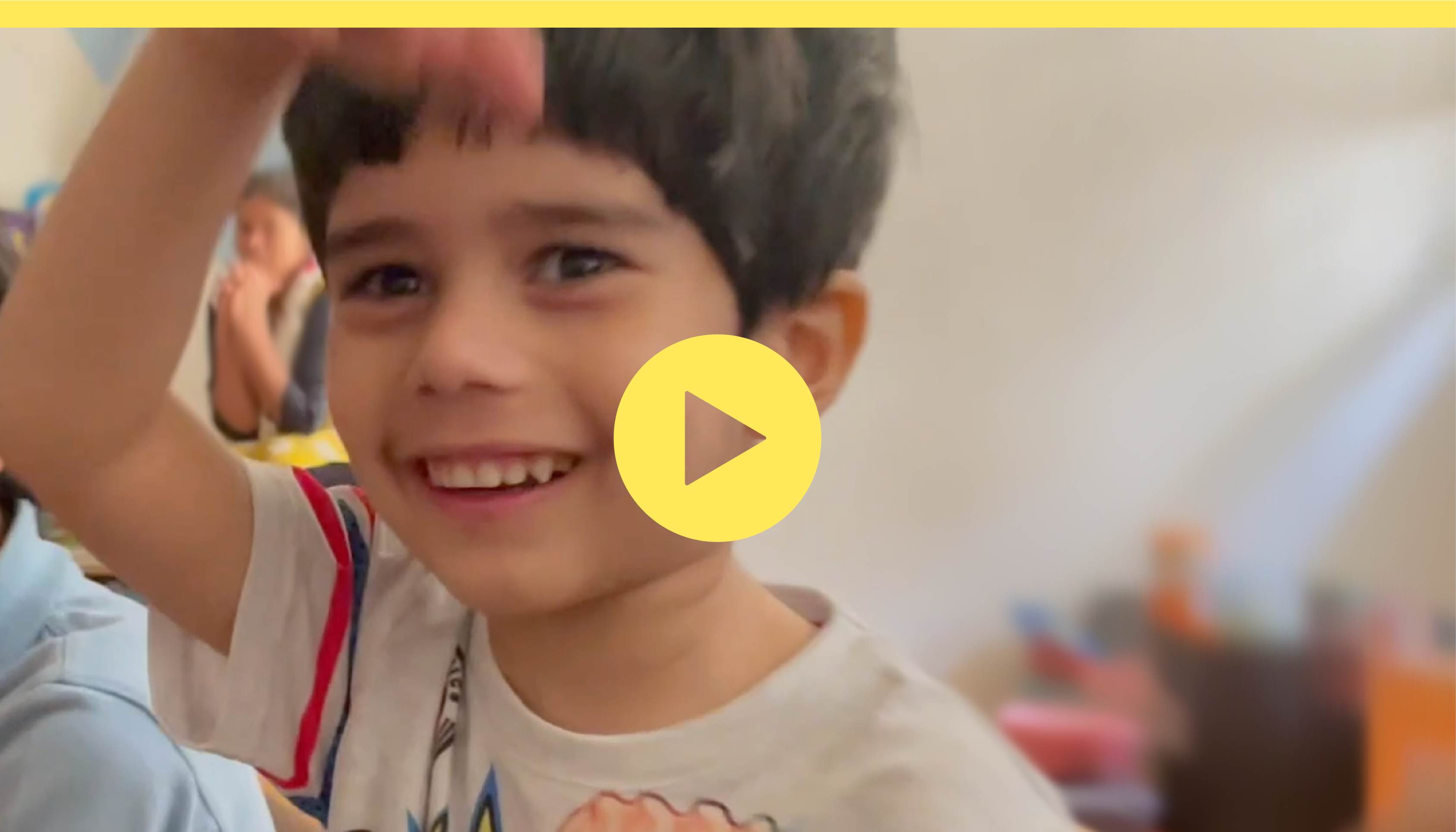

'Children of Type' is an educational innovation for
the pre-primary and early-primary years. It is currently integrated into school curriculums and homes across 10 Indian and 1 German city. It consists of two parts: A delightful 6-minute animation film, followed by stimulating question-cards.
︎ 90 second trailer
︎ 90 second trailer
Film and Question-cards
The animation imagines a playful, relatable parent-child relationship between the big and small letters of the Roman alphabet. As it stimulates a child’s imagination and emotions, it creates a loving foundational relationship between the child and the alphabet.
The questions on the cards, designed on the principles of
SEL (socio-emotional learning), enable educators and parents to help children express those emotions and engage in richer conversations.
Available in English and German. For ages 3 and upward. ︎︎︎ Deutsche Website
Available in English and German. For ages 3 and upward. ︎︎︎ Deutsche Website

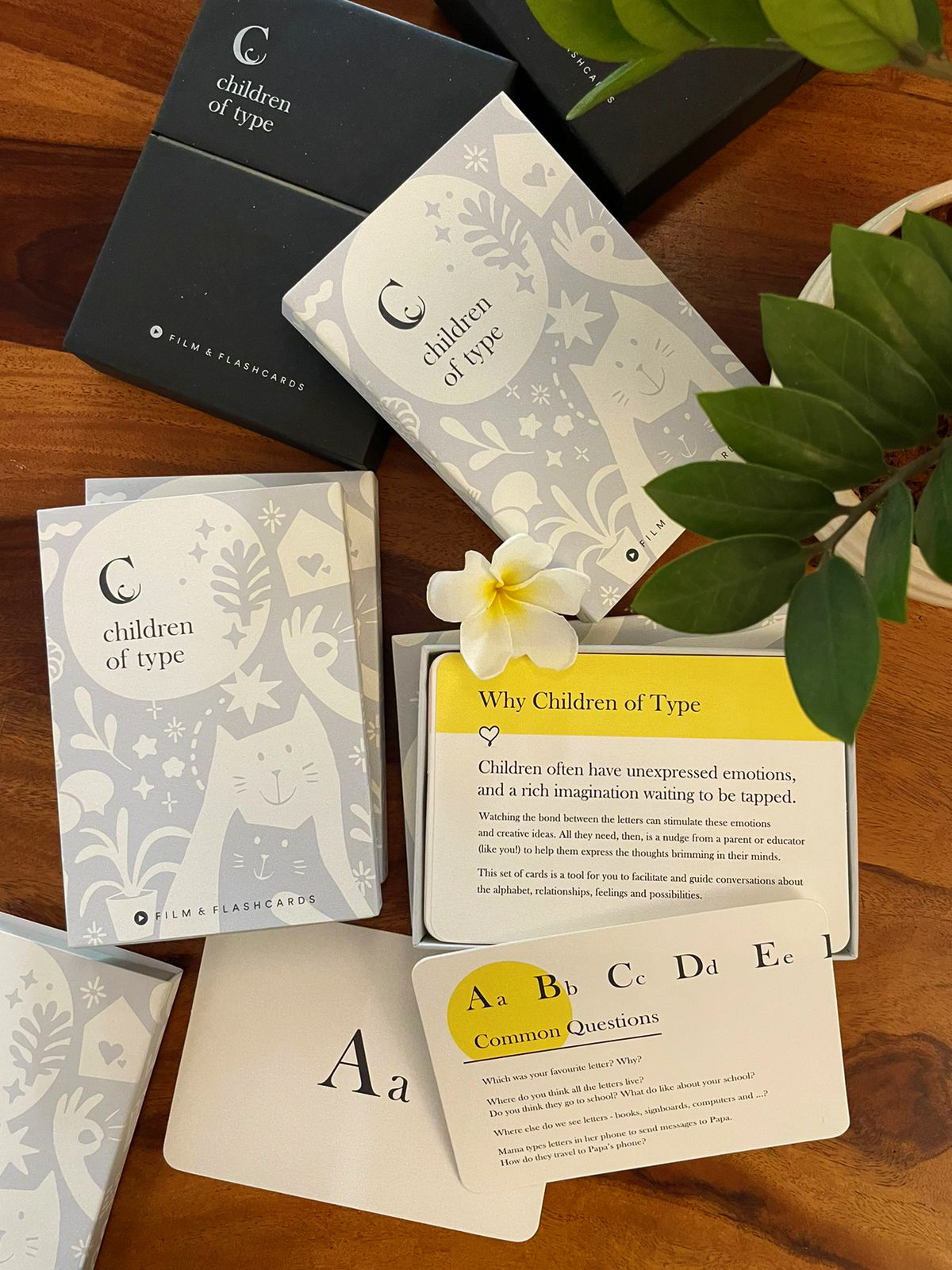
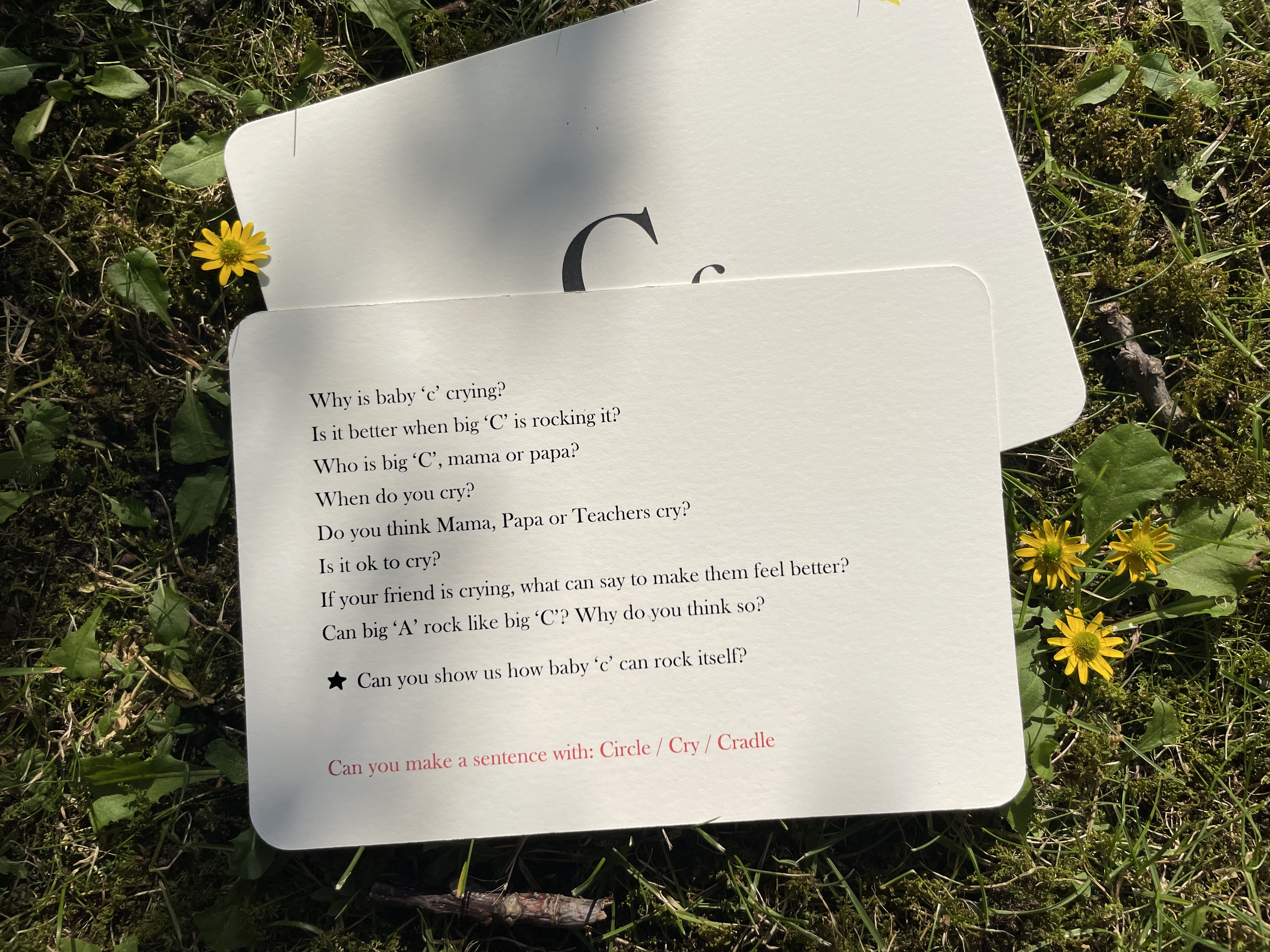

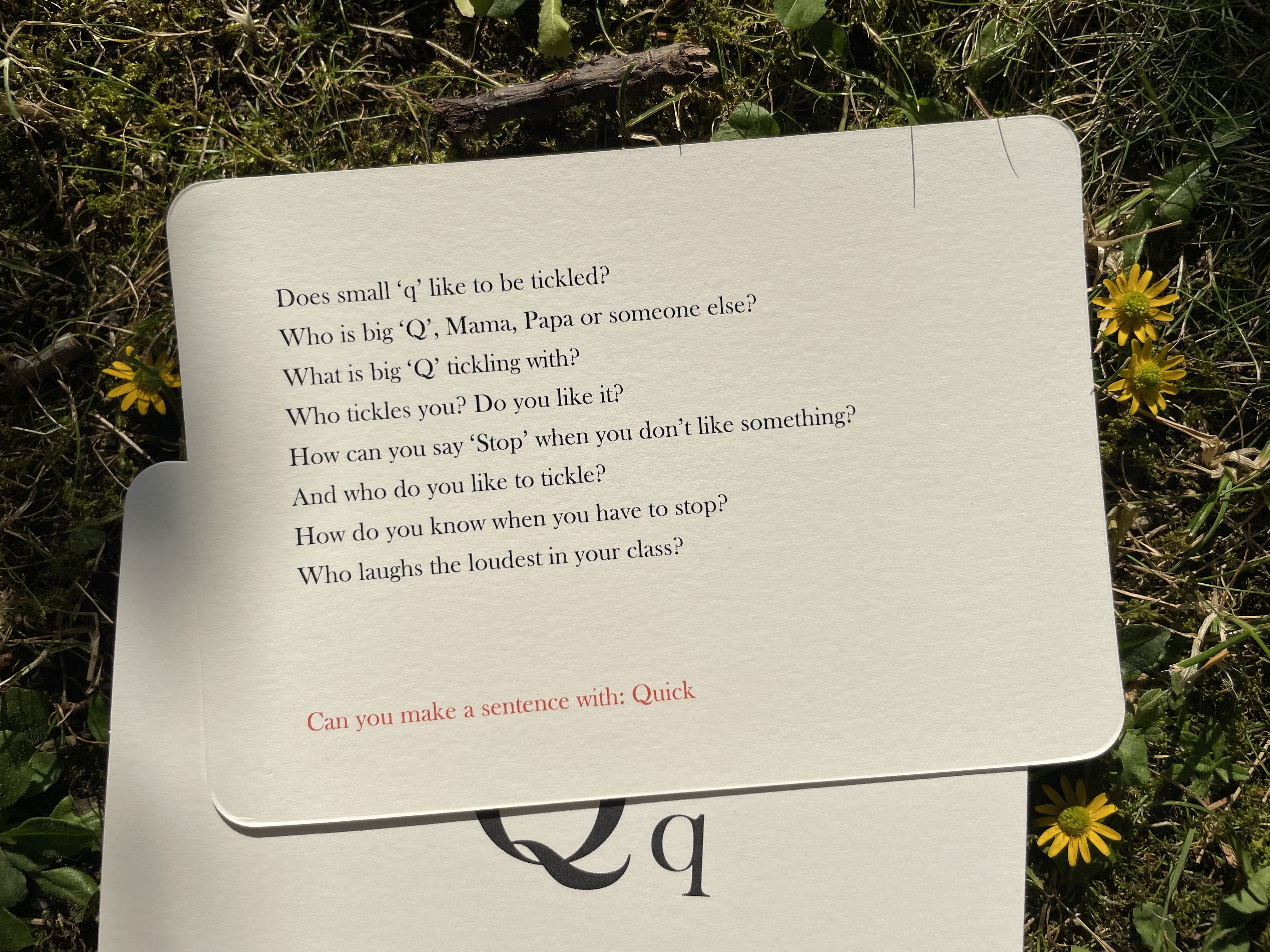


Schools have integrated Children of Type into their early years programme using both:
The Educator's Kit
With questions designed for educators
Used in classrooms
Ages 3+ to 7+
The Parents' Kit
With questions designed for parents
Used at home
Ages 3+
The Educator's Kit
With questions designed for educators
Used in classrooms
Ages 3+ to 7+
The Parents' Kit
With questions designed for parents
Used at home
Ages 3+
Parents often play their ‘Children of Type’ cards with children by corresponding the letters they learn at school that week. They typically receive it as part of the Annual School Kit.
Learn more about each kit’s benefits further below.
Learn more about each kit’s benefits further below.
A glimpse into a classroom of 4 year olds with ‘Children of Type’ at Safari Kids PreSchool in Mumbai, India.
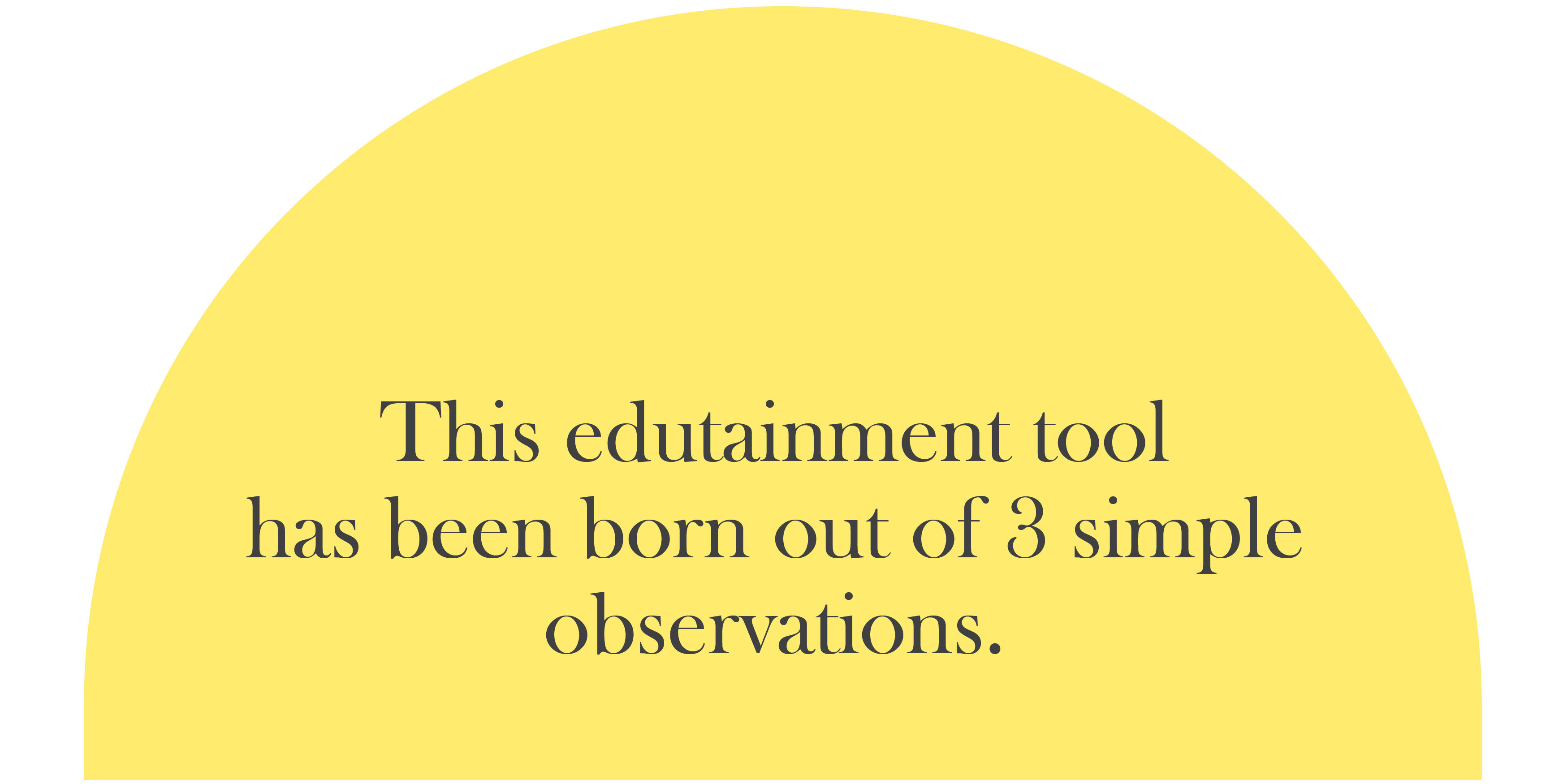

Children often wonder, “Why are there big and small letters?”
The Roman alphabet is one of the few writing systems with separate capital and small letters. Educators often say it poses an initial learning challenge for children.

Learning language is an emotional journey.
Children of Type humanises the alphabet to create a loving parent-child relationship between big and small letters.
This helps reduce the stress a child associates with learning language. It makes learning fun, exciting and memorable for kids.
Children often have unexpressed emotions and a rich imagination waiting to be tapped.
Watching the bond between the letters can stimulate these emotions and creative ideas. All they need, then, is a nudge from a parent or educator (like you!) to help them express the thoughts brimming in their minds.
This set of question-cards is a tool for you to facilitate and guide conversations about the alphabet, relationships, feelings and possibilities.


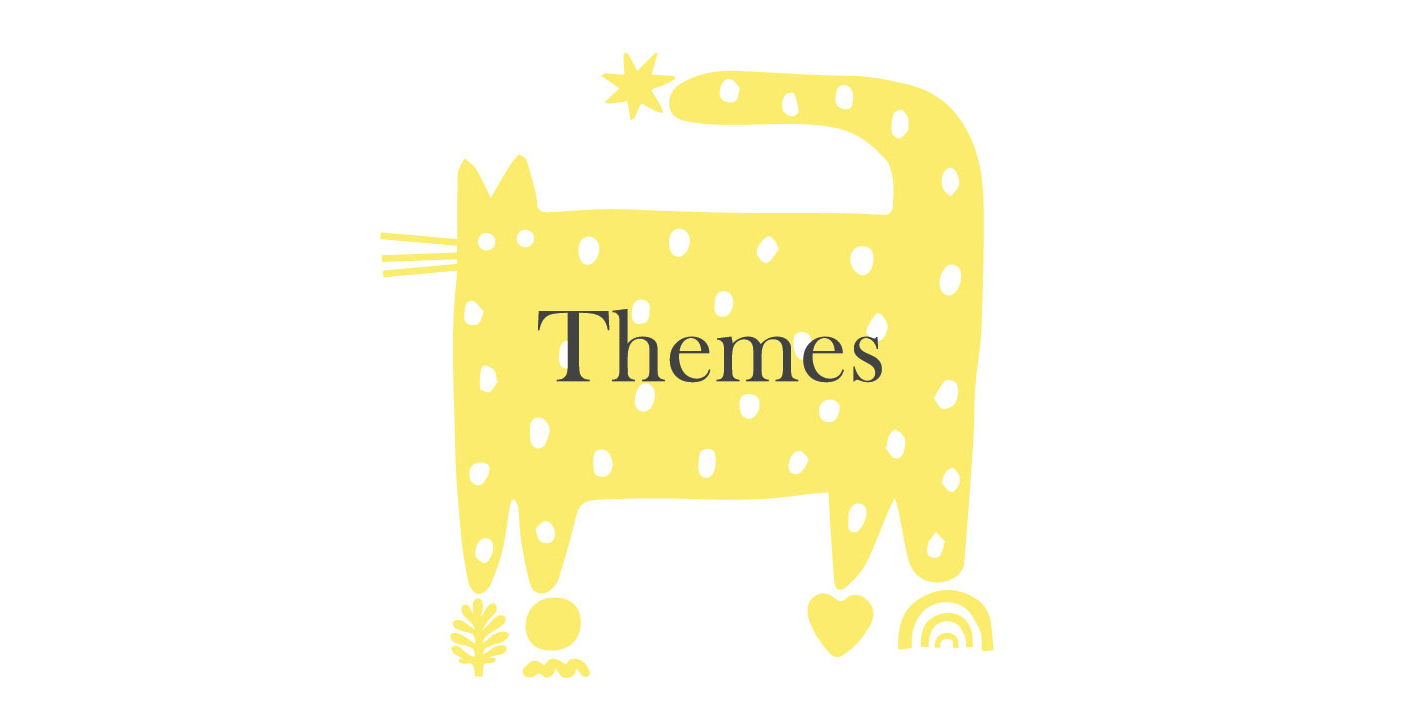
The question-cards simultaneously work across various themes.
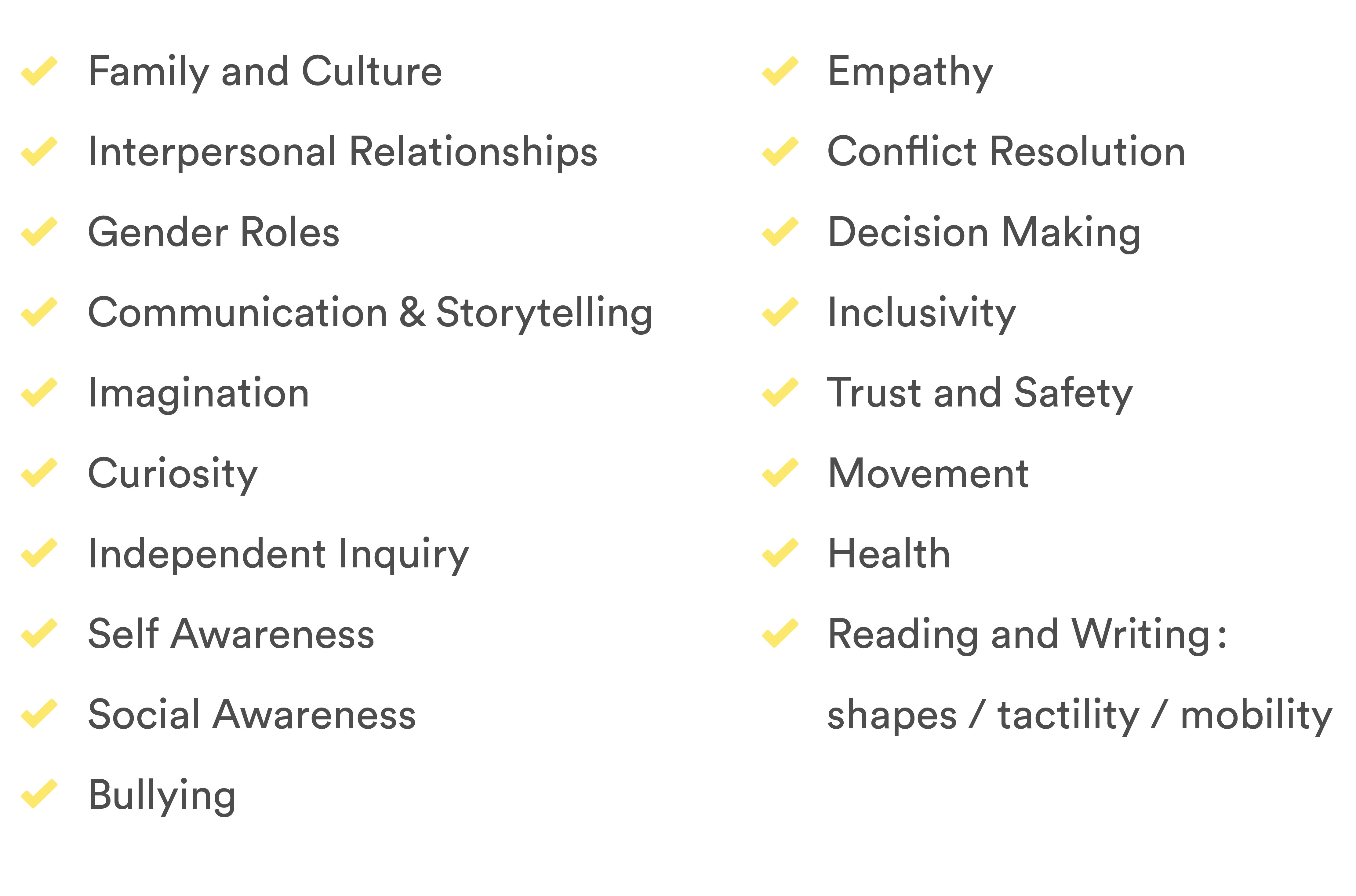
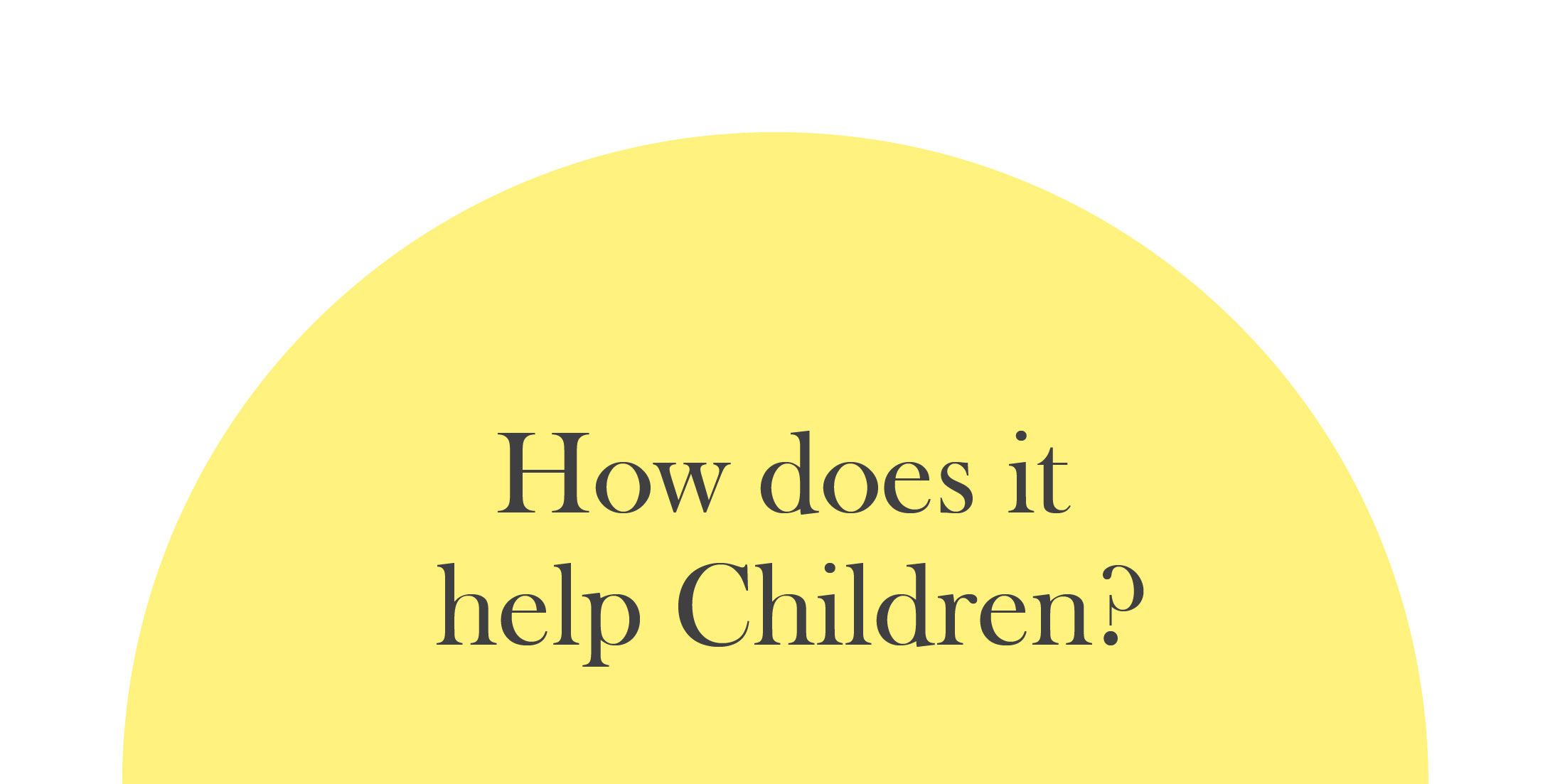
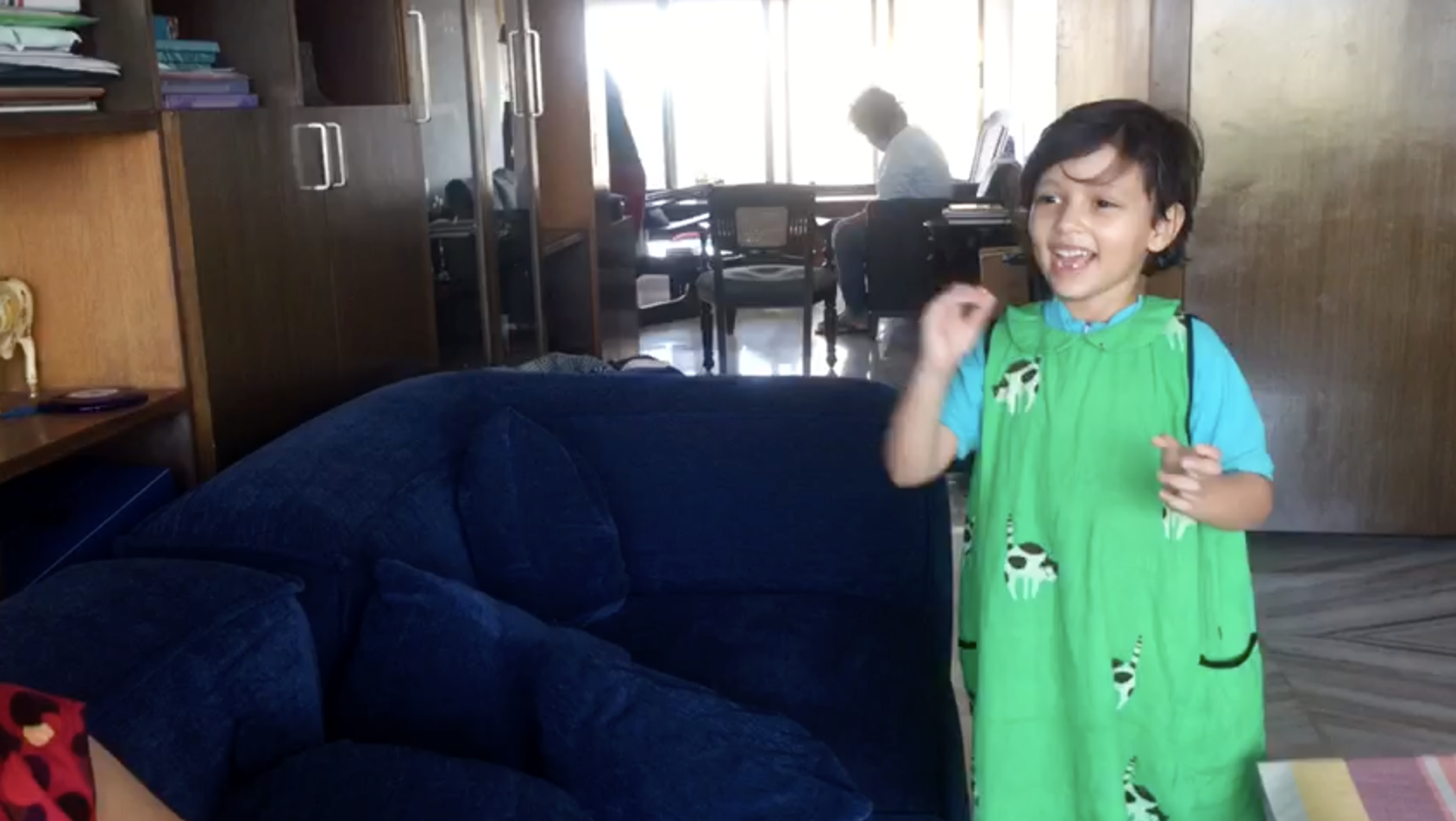
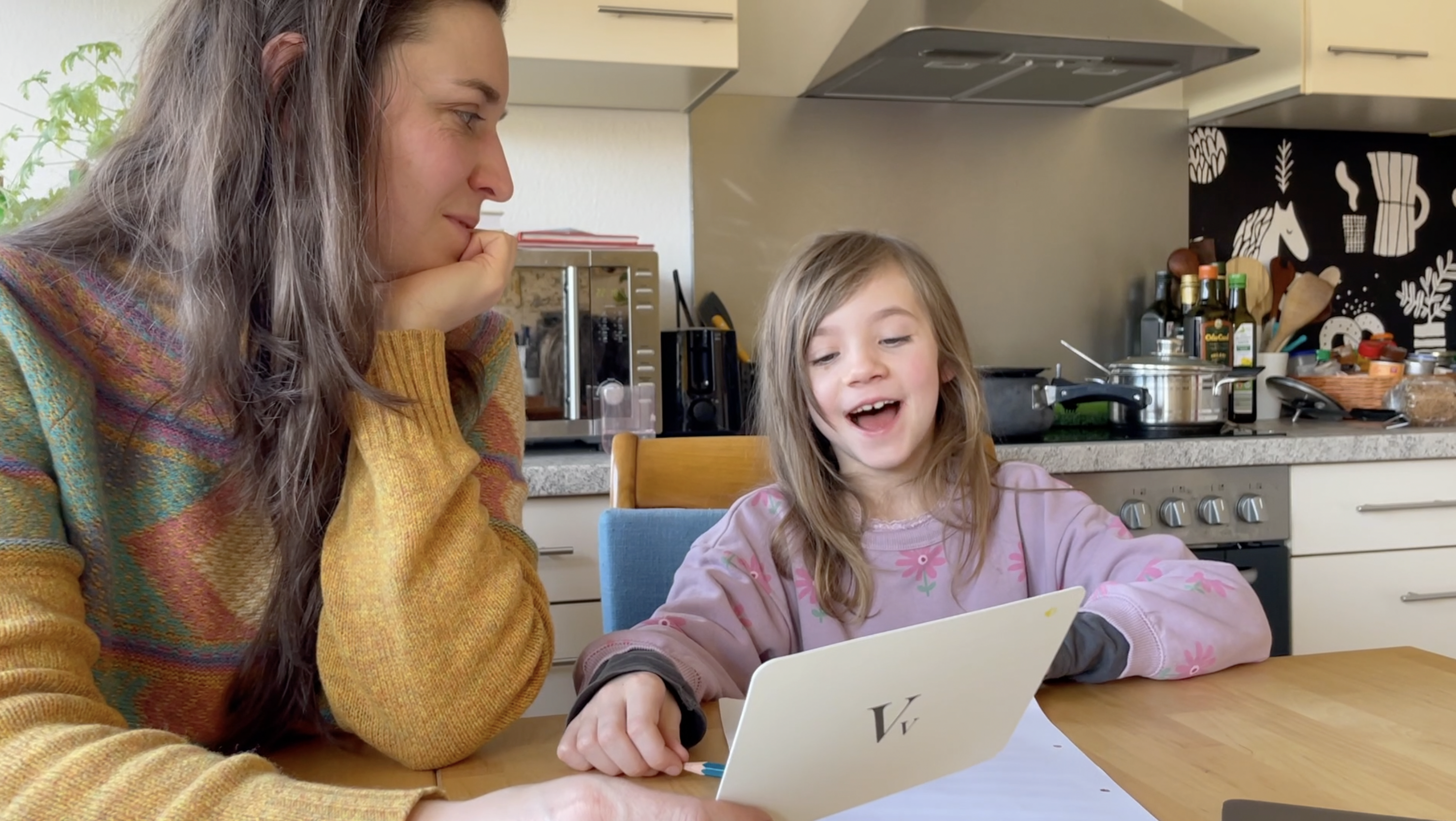
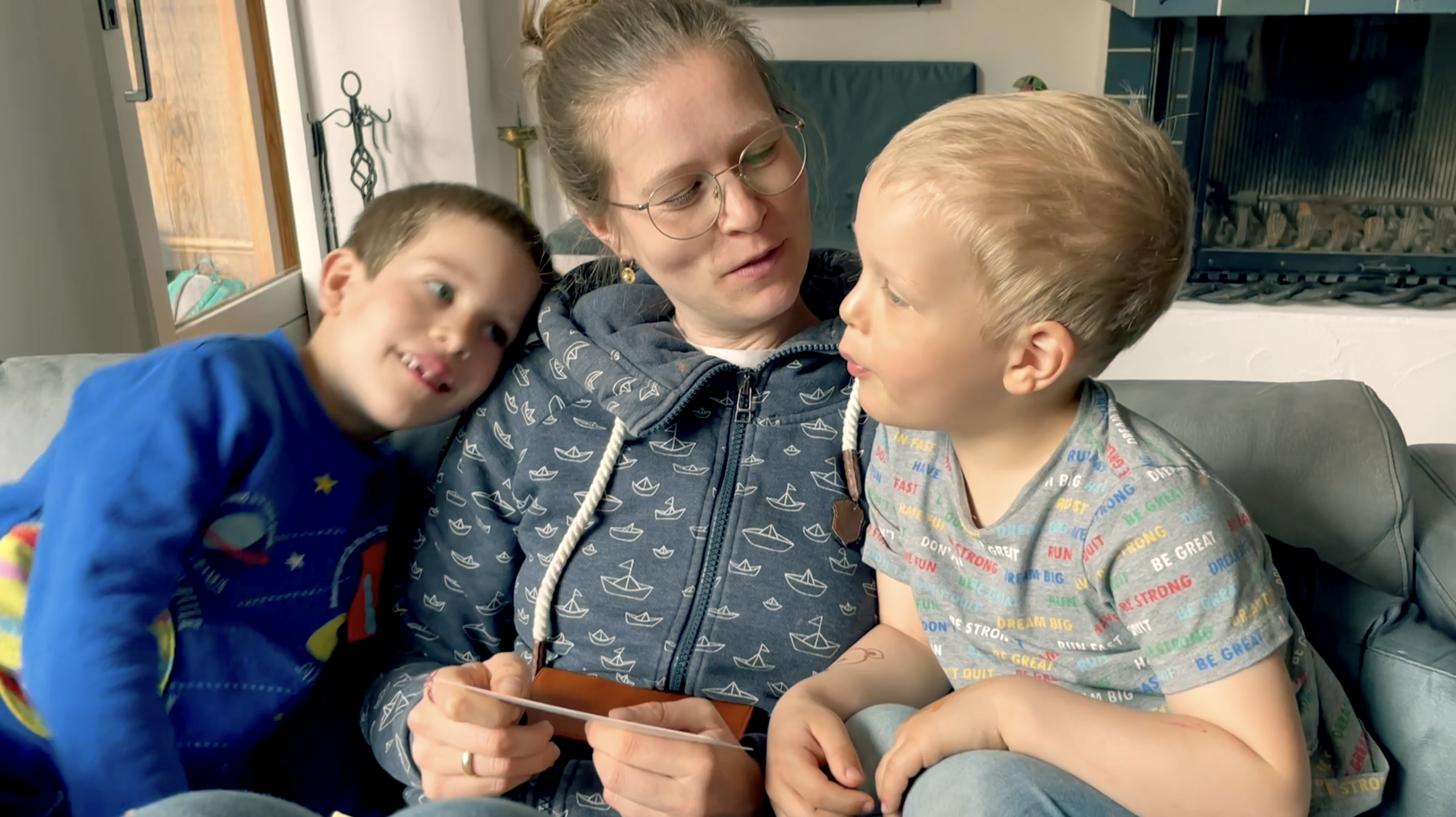

The words in red at the bottom of each Letter Card, linked to the animation, prompt children's imagination to create sentences. This helps with phonic association.

A child’s answer to the same question could
change or evolve a few months later. This kit helps observe the growth in the
interrelated areas of cognitive, creative, social and emotional development.

It helps evolve competencies in storytelling,
concentration and observation.

It is designed to make children love the Roman
alphabet despite its oddities - just how families love each other – creating a
mental-emotional connection with language, reading and writing through familiar
stories.

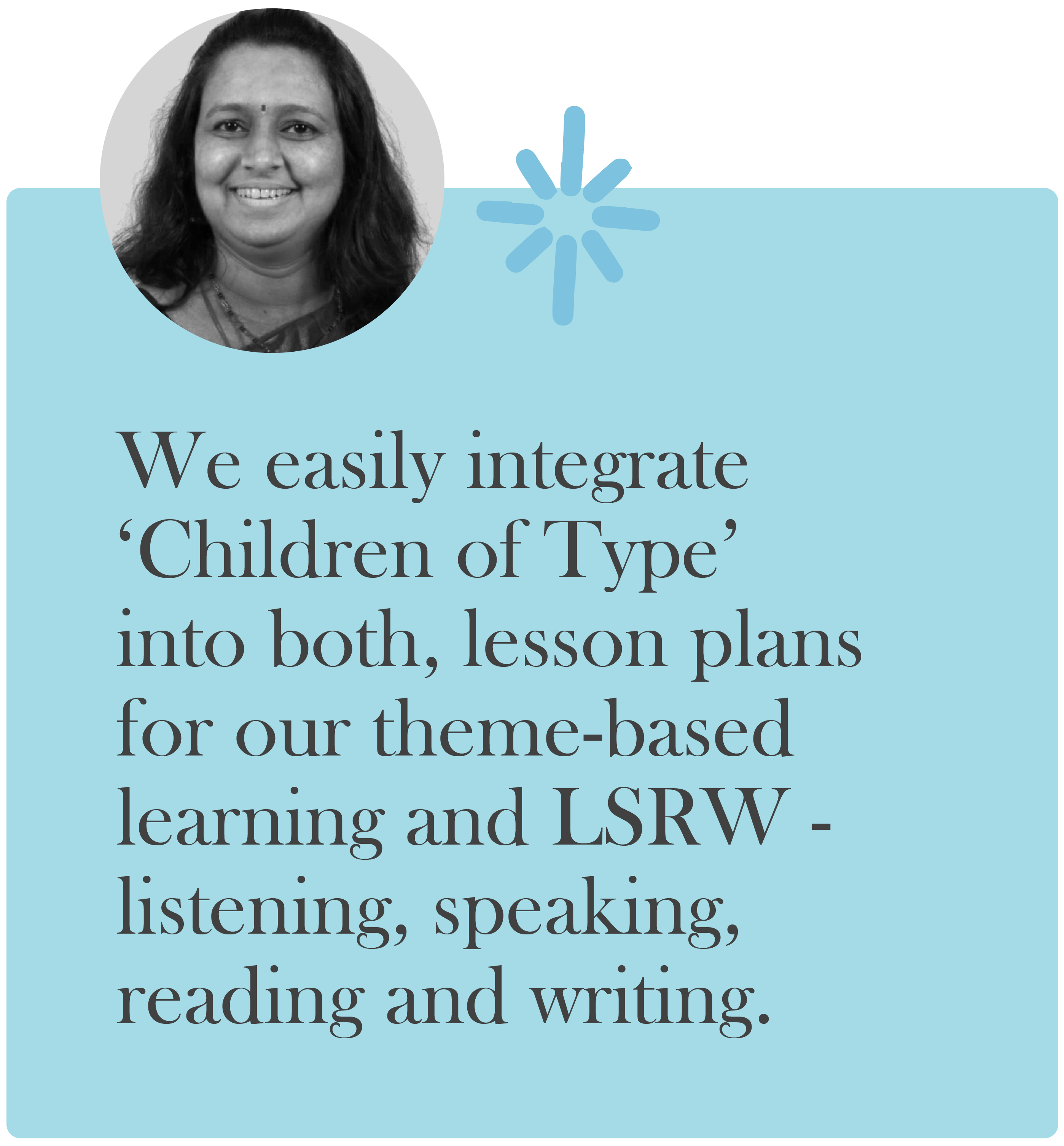
It’s lovely to see how it complements other programs in classrooms.
-Kumudini Mali, Academic Co-ordinator
Credo Joy Pre-School, Panvel, India

Often, when children come home from school, we ask them questions like “How was your day?”, “Did you eat your lunch?” and “What did you learn today?” But with the parents’ kit, we can go deeper. It is play therapy, really.
- Anesa Noorani, Educator for special needs kids
Co-Founder, Sameep Foundation, Gujarat, India
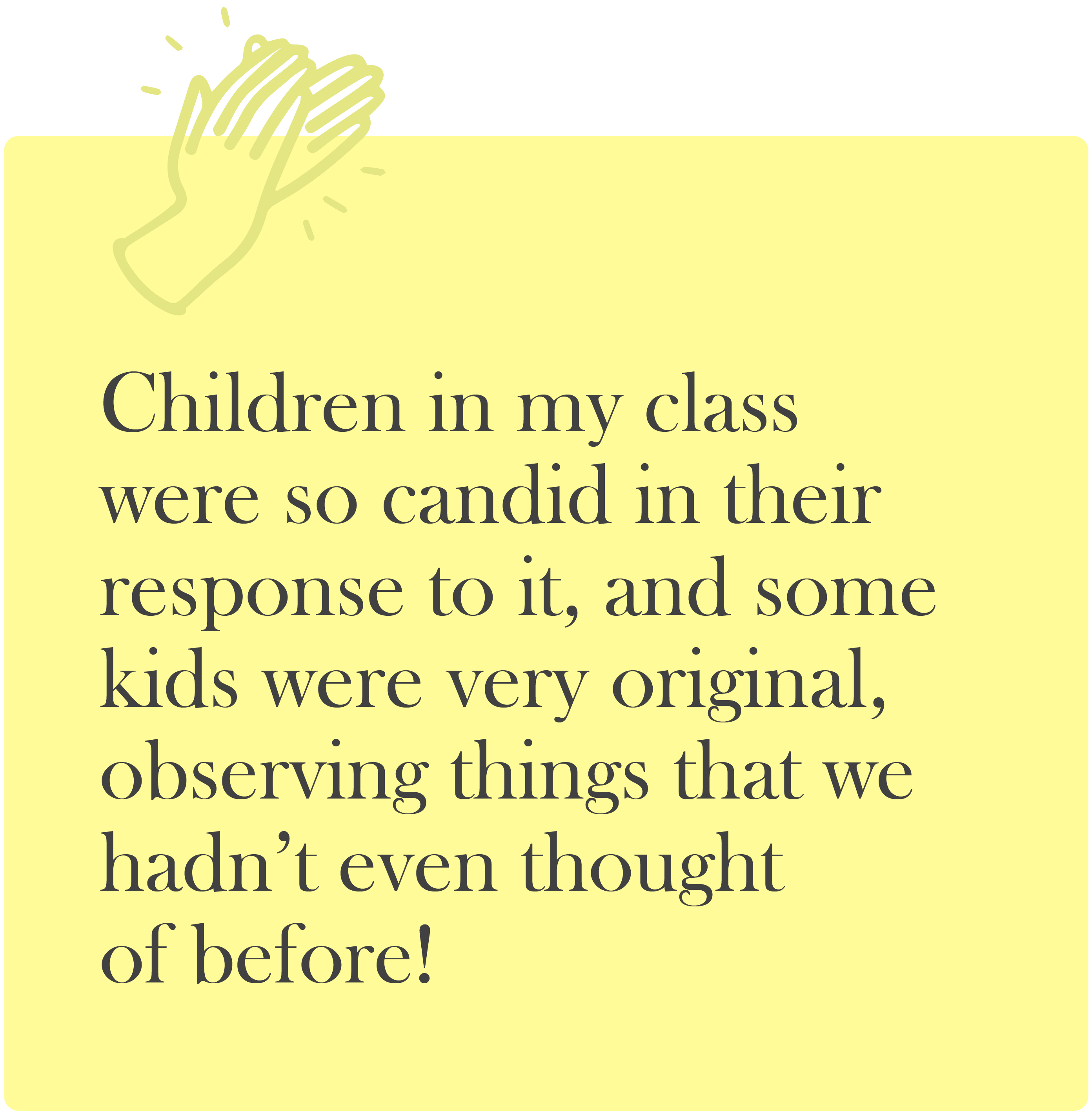
‘Children of Type’ really helped me see letters through a different perspective. Through play, they learnt about observing people’s emotions, how to react, how to care for others.
-Ms. Lisa, Senior Teacher, Safari Kid Preschools, India.
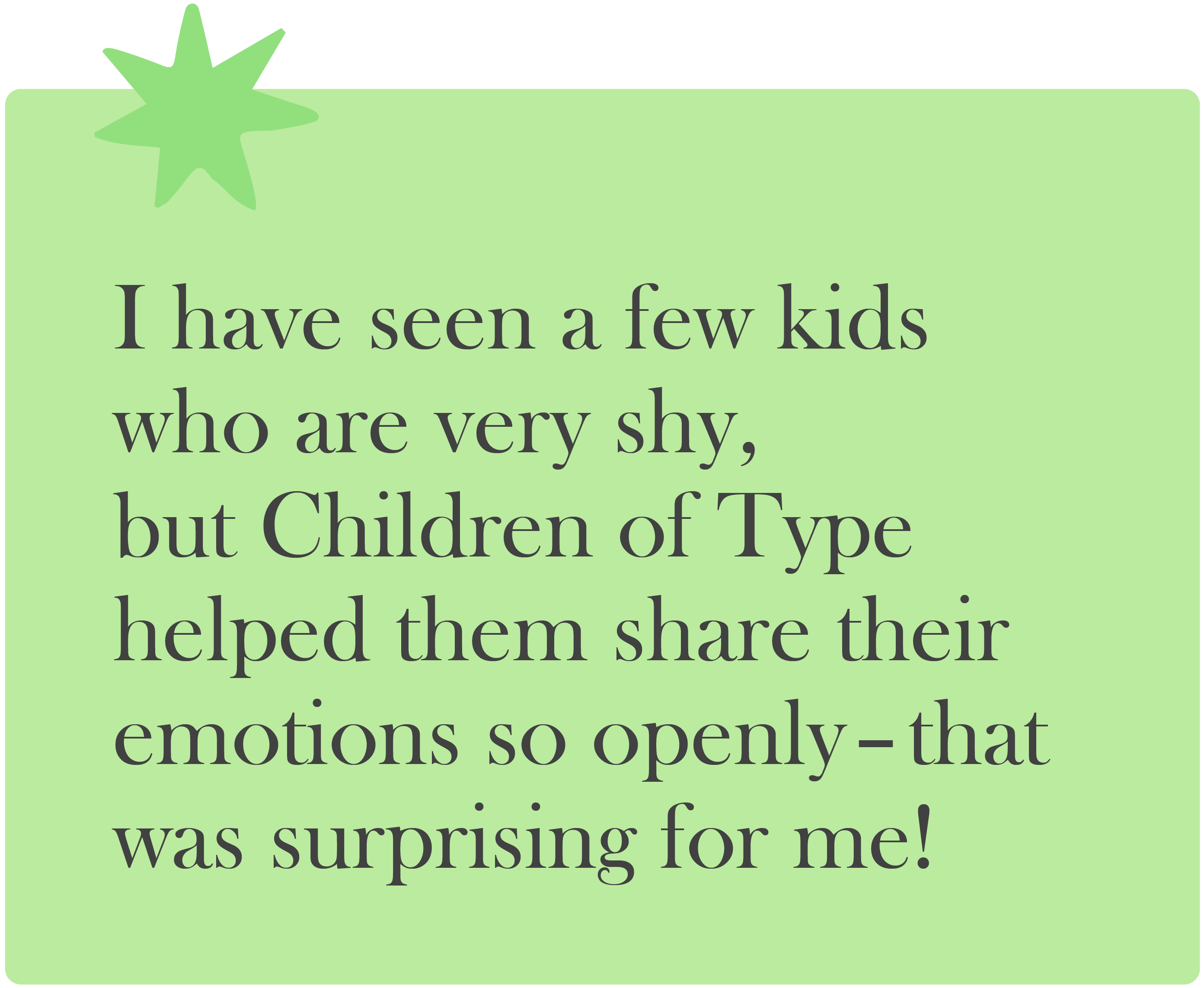
For example, one child shared that his father was away most of the time. I had not known this about his family, and it explained some aspects of his behaviour to me.
-Divya Rizvi, Level-in-charge-PrePrimary,
Delhi Public School, India
-Divya Rizvi, Level-in-charge-PrePrimary,
Delhi Public School, India
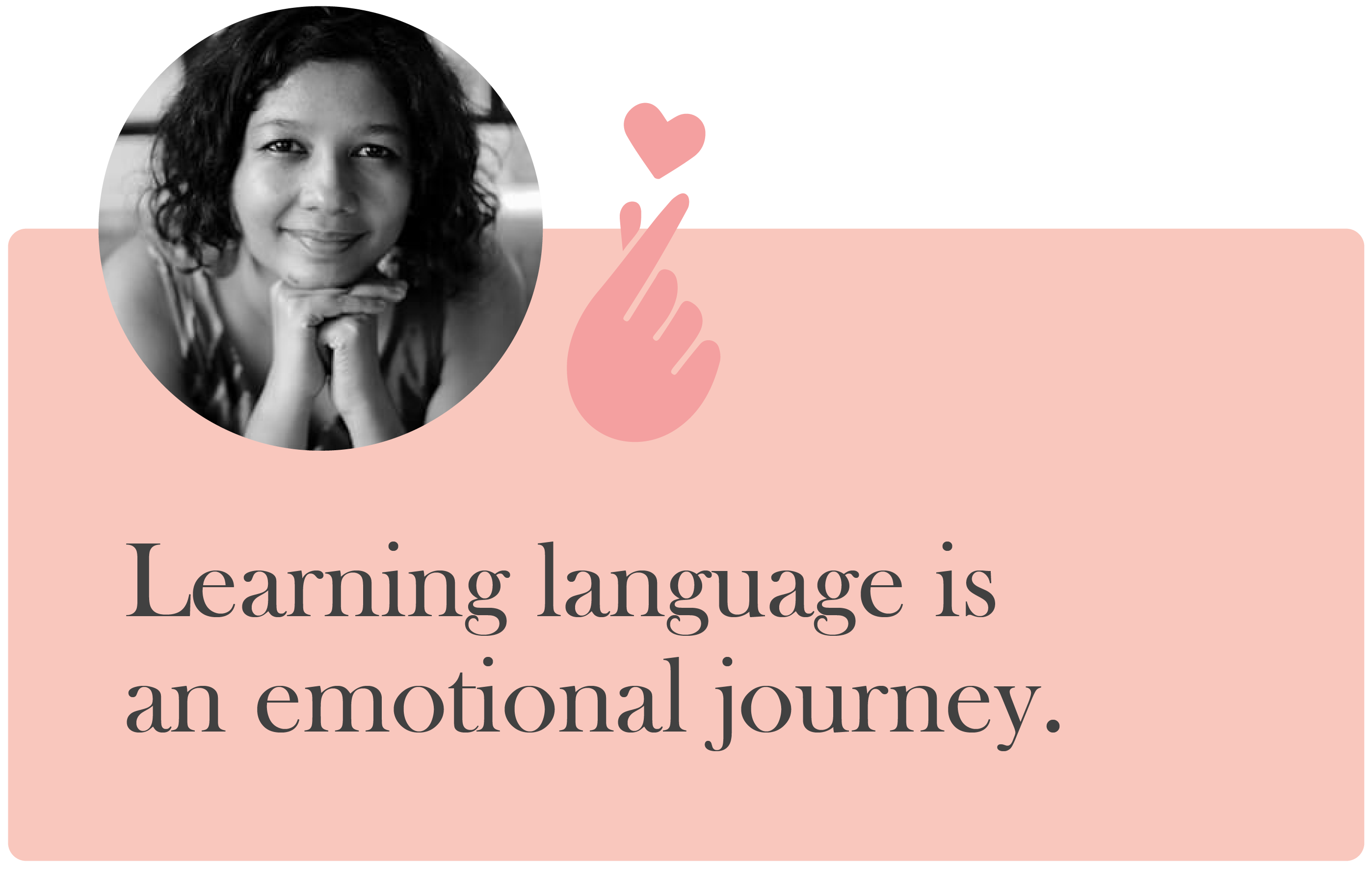
‘Children of Type’ stimulates the interrelated areas of cognitive, creative, social and emotional development in a child. It helps develop competencies in storytelling, concentration and observation.
Also, people with learning disabilities can find learning the alphabet traumatic. English is an ad hoc, phonetics-based language. If someone finds it difficult to learn – a person with dyslexia, for instance – that doesn't mean they are stupid. It just means they are wired differently. The trauma of an alphabet is deeply felt by a dyslexic.
-Shubhangi Swarup, Educator, Author, Journalist

Once there is a better bond between
the teacher and child, receptivity towards learning almost anything transforms!-Shabnam Mullick, Kindergarten Teacher
Delhi Public School, Kolkata, India
Delhi Public School, Kolkata, India
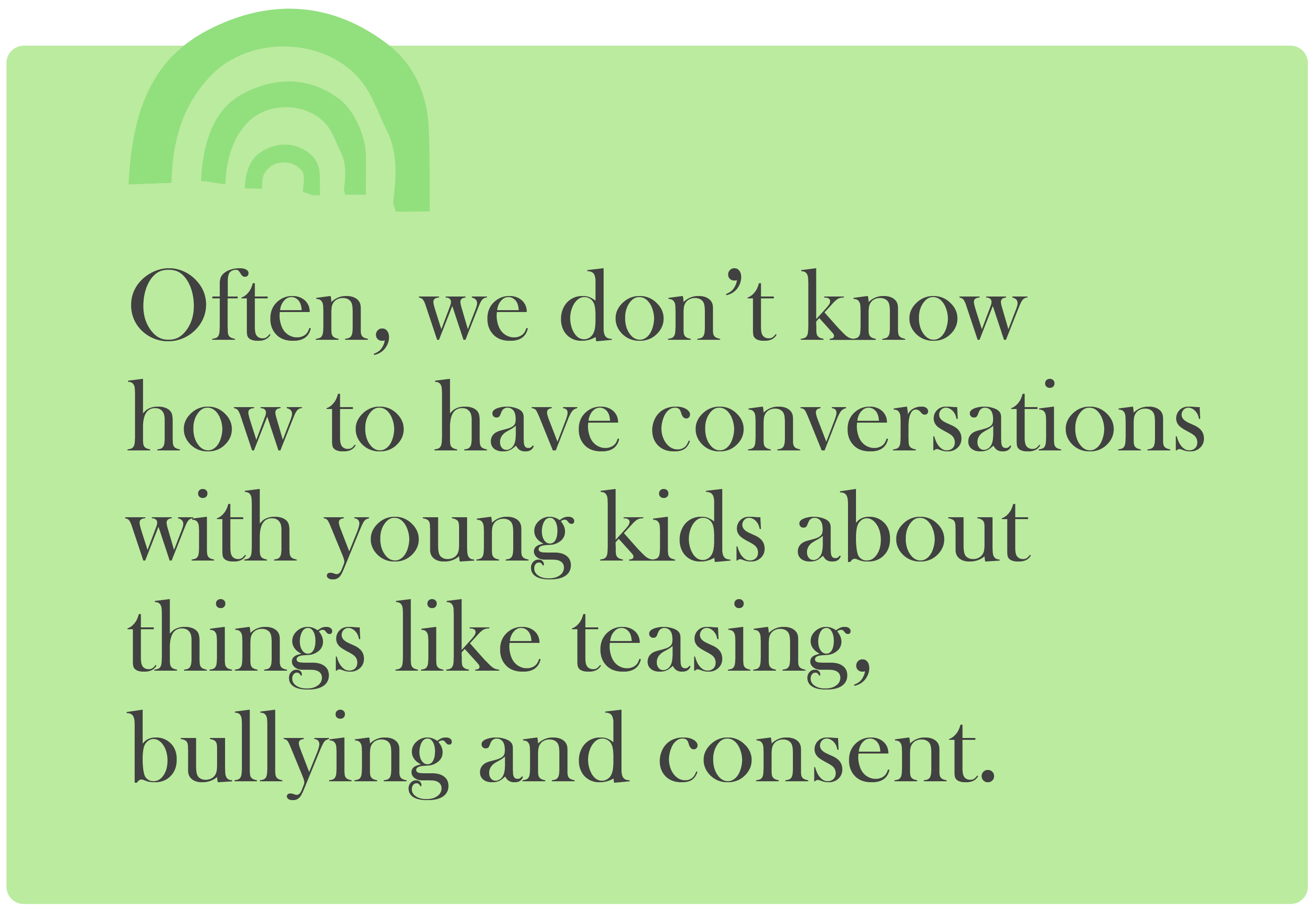
But the way this animation and the question-cards have been designed, children come up to us themselves and share all this in a very playful manner.
-Divya Rizvi, Level-in-charge-PrePrimary,
Delhi Public School, India
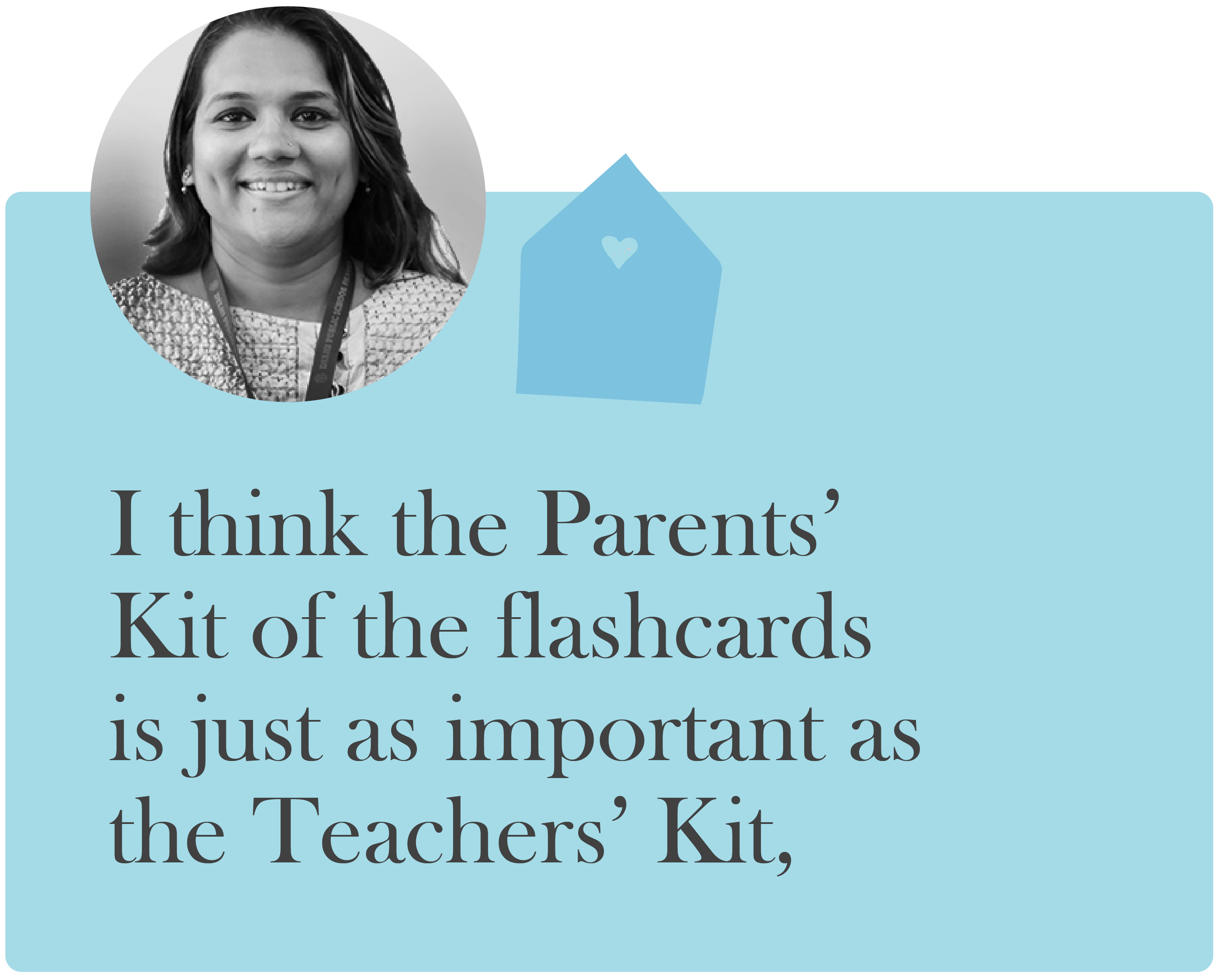
because the conversations are designed
to be very different at home and in school,
so parents and classrooms should use
Children of Type simultaneously.
-Divya Rizvi, Level-in-charge-PrePrimary,
Delhi Public School, India
-Divya Rizvi, Level-in-charge-PrePrimary,
Delhi Public School, India

Uniquely, for kids with special needs, multiple modality like Children of Type is essential to learn.
-Alafia Zaveri, Head Classroom Teacher, Experimental Education Unit, Seattle, Washington, USA
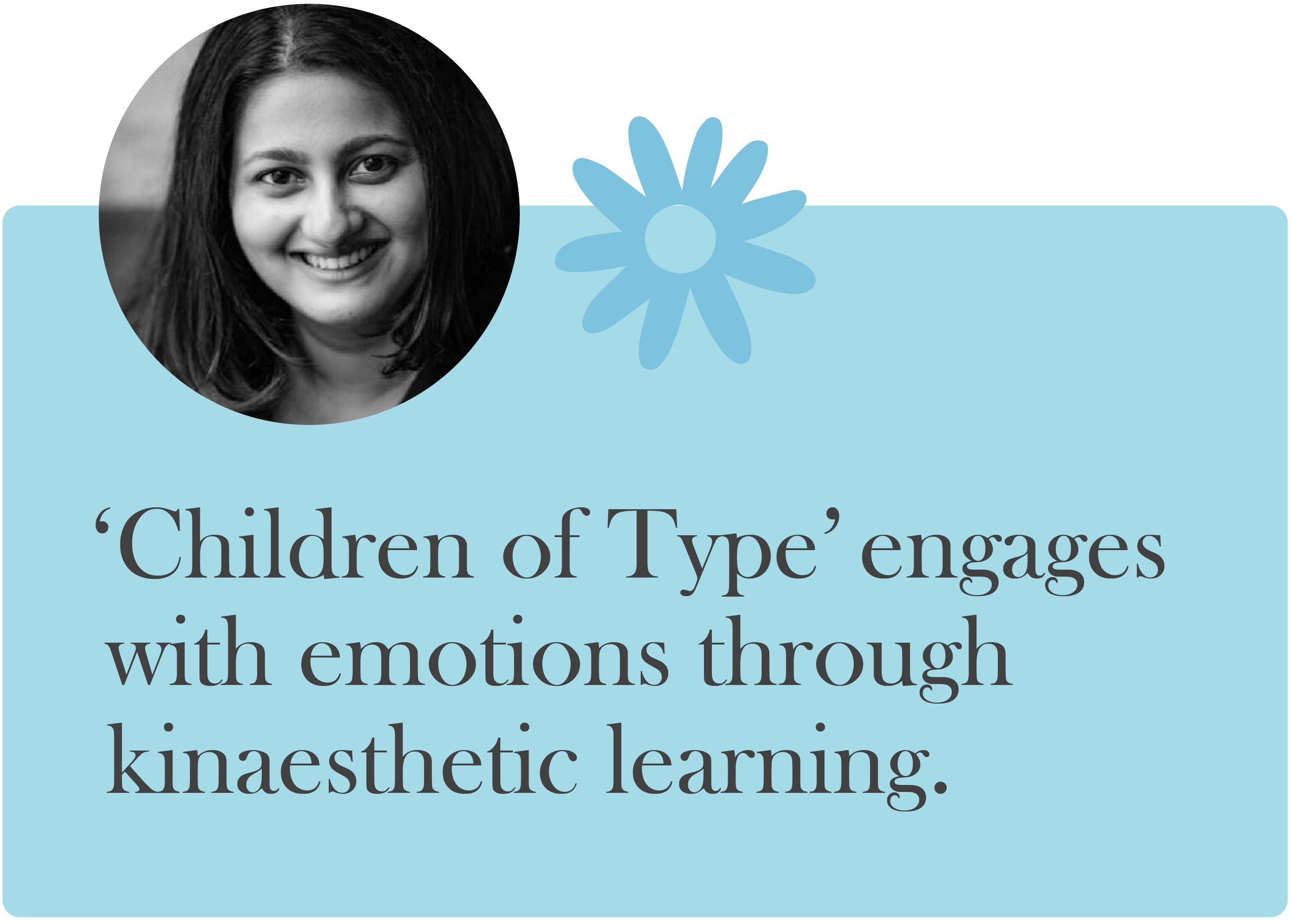
Its visual design is minimalist, focusing
on the shape, form and texture of
each letter. This allows for the magic
of self-discovery – of the endless
possibilities of a child’s imagination.
-Pallavi Bhat, Early Childhood Specialist, India
-Pallavi Bhat, Early Childhood Specialist, India

Watch this quick video to get started with your new 'Children of Type' kit. We wish you a wonderful journey!
Parent’s Introduction video : 5min
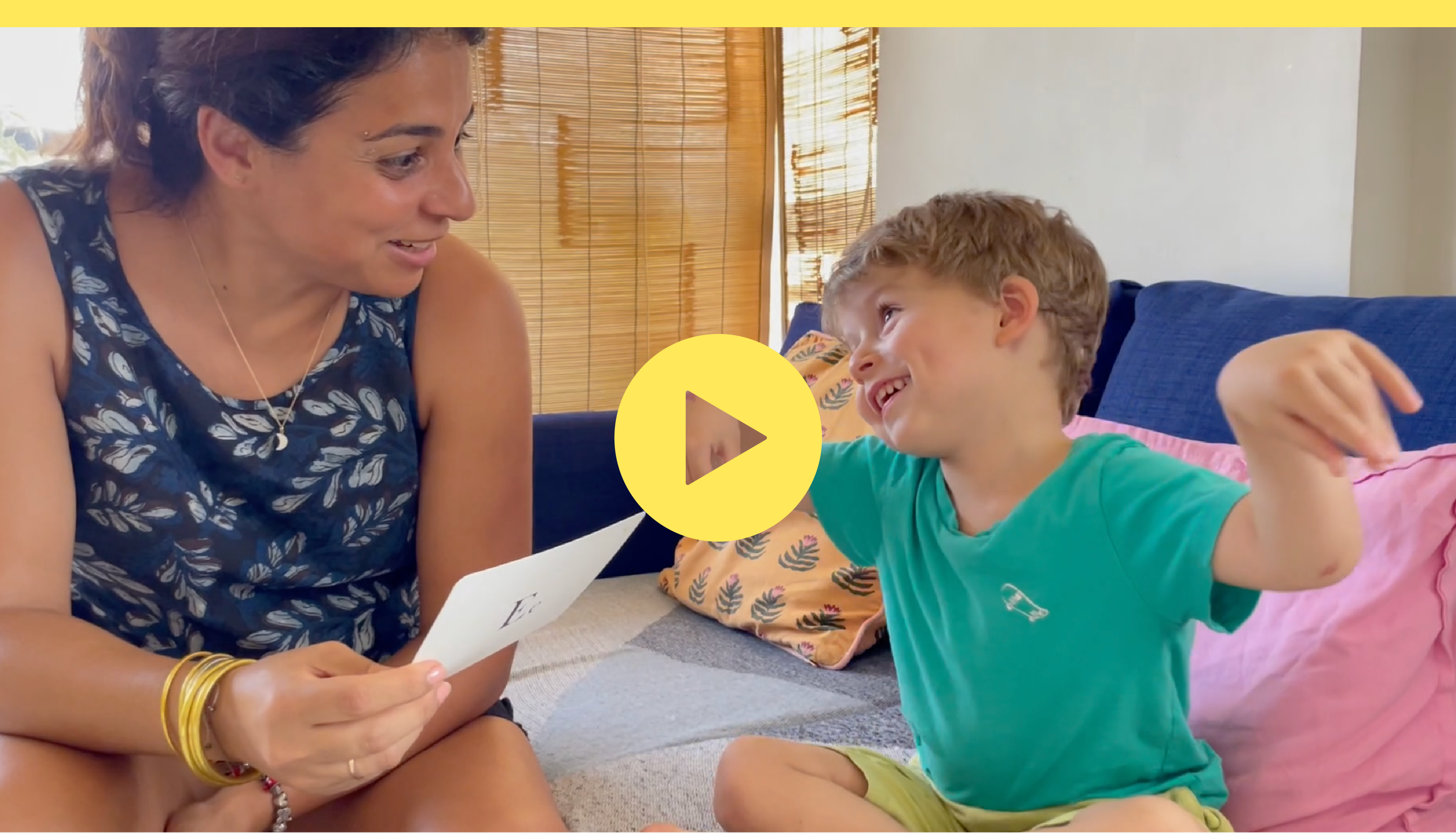
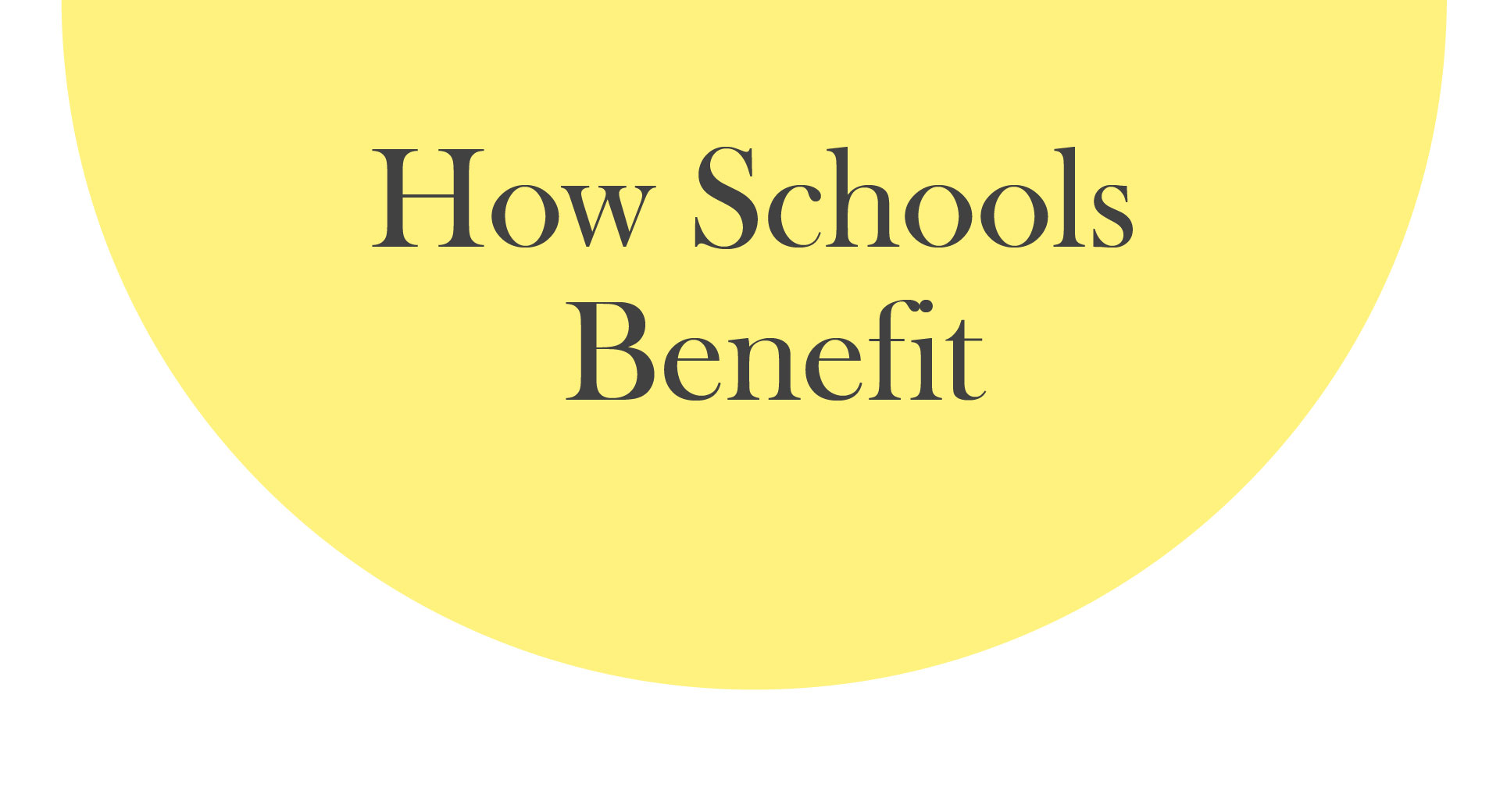
︎Set for Educators
︎
Playful Integration
Social-emotional learning (SEL) can be easily incorporated into the weekly schedule.
Playful Integration
Social-emotional learning (SEL) can be easily incorporated into the weekly schedule.
︎
Deeper Teacher-Student Bonds
Promotes more trusting and stronger relationships between teachers and children.
Deeper Teacher-Student Bonds
Promotes more trusting and stronger relationships between teachers and children.
︎
Strong Classroom Dynamic
Fosters understanding and a spirit of classroom unity.
Strong Classroom Dynamic
Fosters understanding and a spirit of classroom unity.
︎
Curiosity Induced Learning
Children learn the lower-case letters easily and with joy, awakened by their own curiosity.
Curiosity Induced Learning
Children learn the lower-case letters easily and with joy, awakened by their own curiosity.
︎
More Value for Parents
Increased social-emotional development among children creates a valuable advantage for parents.
More Value for Parents
Increased social-emotional development among children creates a valuable advantage for parents.
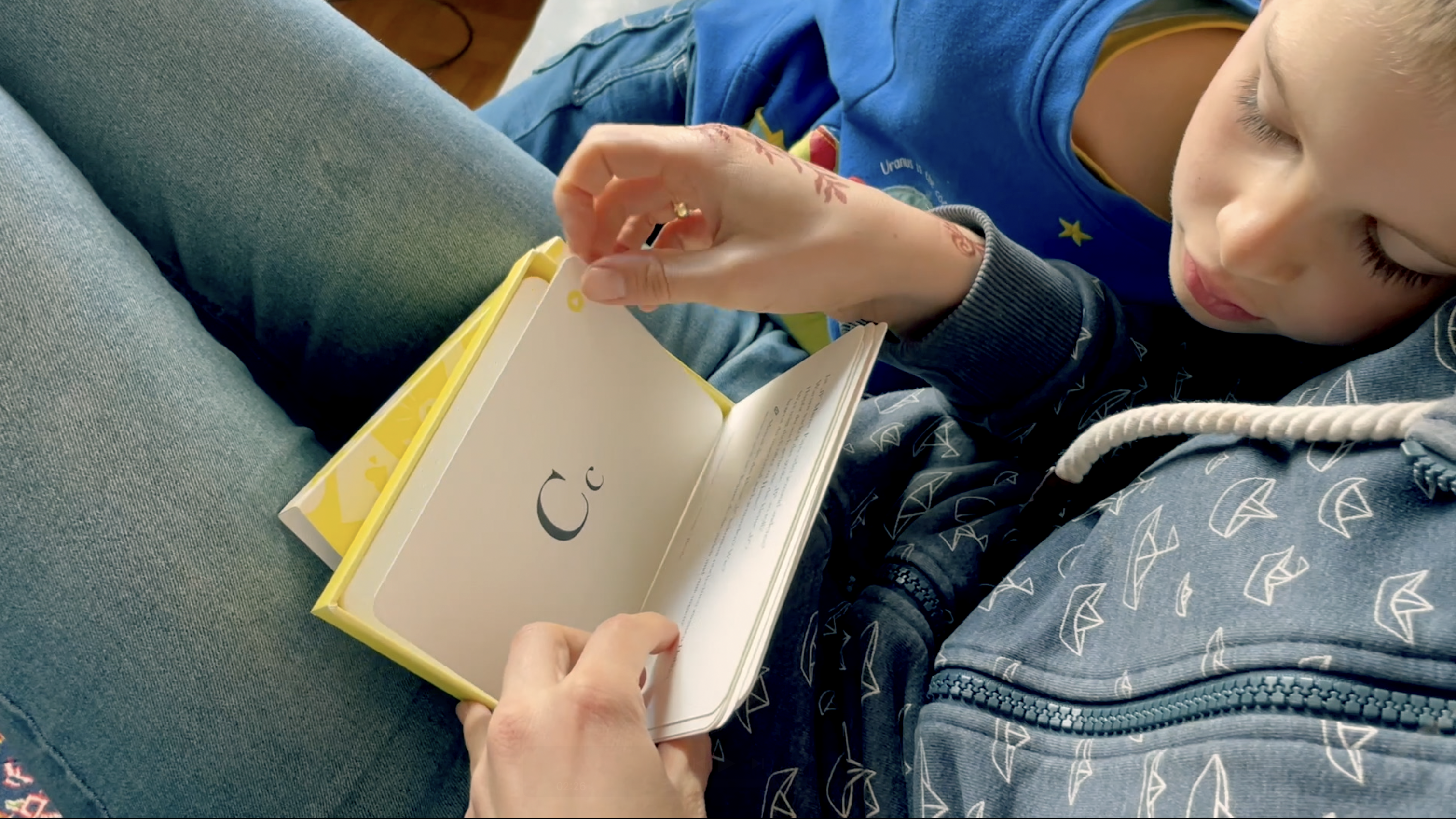
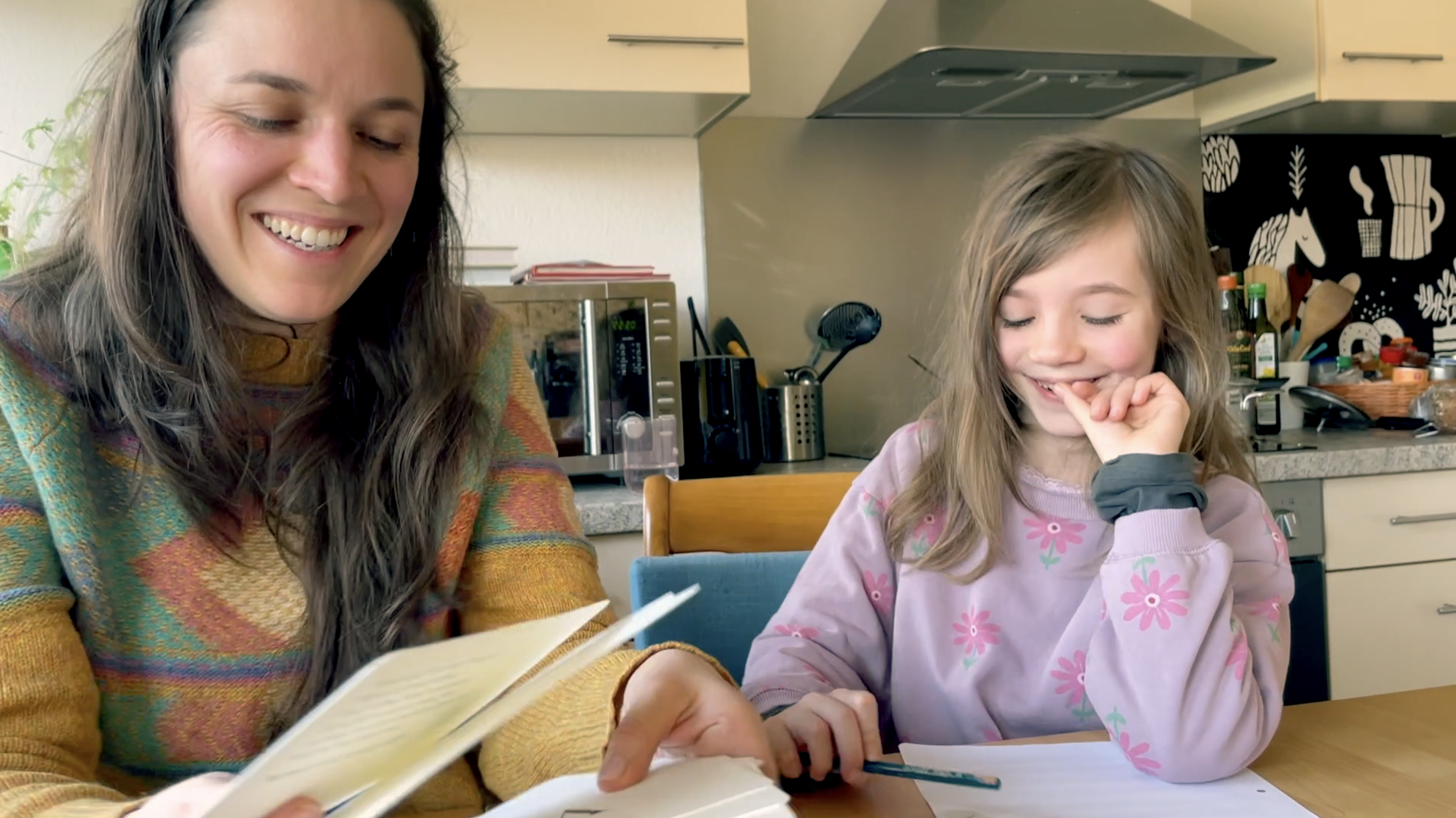
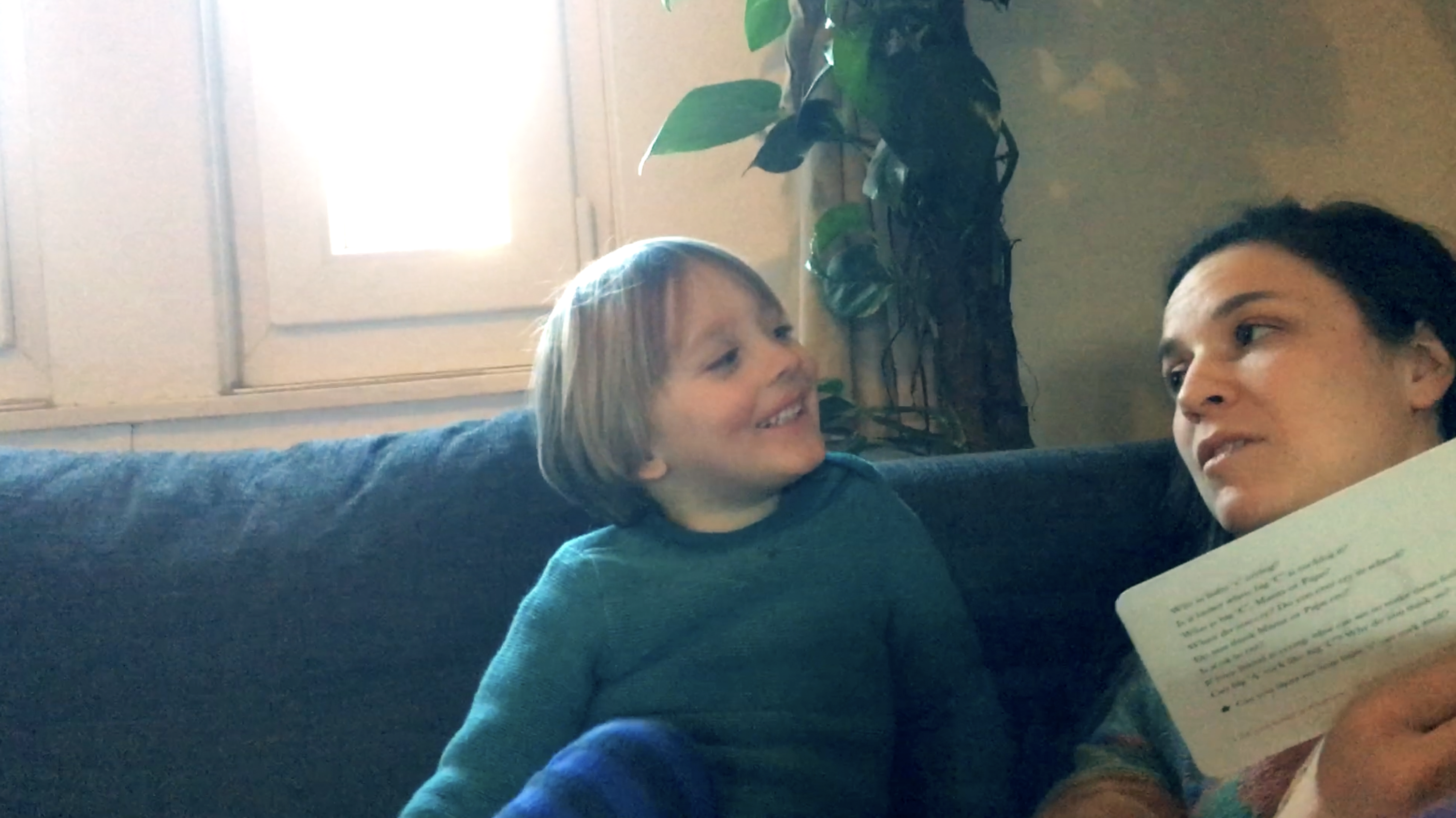
︎Set for Parents
︎
Classroom Support
Makes it easier for teachers to teach the alphabet / lowercase in the classroom.
Classroom Support
Makes it easier for teachers to teach the alphabet / lowercase in the classroom.
︎
Bridge between School and Home
The ‘film + question-cards’ enable parents to easily connect with both, their child’s everyday school experiences and inner journey - fostering a deeper understanding of their mental- emotional world. In this way, academic growth and social-emotional development progress hand in hand.
Bridge between School and Home
The ‘film + question-cards’ enable parents to easily connect with both, their child’s everyday school experiences and inner journey - fostering a deeper understanding of their mental- emotional world. In this way, academic growth and social-emotional development progress hand in hand.
︎
Positive connection to School
Creates a stronger and more meaningful connection between the child, parents, and school.
Positive connection to School
Creates a stronger and more meaningful connection between the child, parents, and school.



The core team behind ‘Children of Type’ are specialists and award winners in the fields of innovation, design, animation, curriculum development, education, early childhood, storytelling, child psychology, communication, research, and anthropology.
Concept, Stories, Design : Shirin Johari
2D Cell-animation partner : Venkatram Viswanathan
Sound Design : Shirin Johari, Venkatram Viswanathan
Curriculum Development : Shirin Johari, Aarefa Johari, Thomas Johari
Deutsche Übersetzung und kulturelle Adaption: Stephanie Grynaeus-Weiß
Validated and furthered by : Pallavi Bhat, Alafia Zaveri, Shalini Mukherjee Soni, Shubhangi Swarup
2D Cell-animation partner : Venkatram Viswanathan
Sound Design : Shirin Johari, Venkatram Viswanathan
Curriculum Development : Shirin Johari, Aarefa Johari, Thomas Johari
Deutsche Übersetzung und kulturelle Adaption: Stephanie Grynaeus-Weiß
Validated and furthered by : Pallavi Bhat, Alafia Zaveri, Shalini Mukherjee Soni, Shubhangi Swarup

We’d love to hear from you!
For purchase inquiries, questions or feedback write to us on
childrenoftype@gmail.com
︎︎︎ shirinjohari.com


